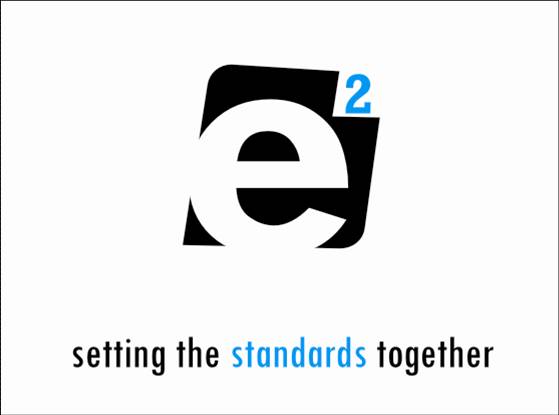
How to classify employees under awards
Latest News & Events
How to classify employees under awards

The problem
Most employees in Australia are covered by a Modern Award. These set out the rates of pay applying to different occupations or work covered by that award as well as lots of other conditions of employment like allowances, penalty rates and overtime. Not complying with modern awards is a breach of the Fair Work Act and can attract very significant penalties as well as embarrassment with staff and in the broader community. It is therefore very important that employers understand which Award covers the work their employees perform and what their entitlements are under those Awards.
A common frustration for employers is classifying employees. All Modern Awards have a classification structure that applies to employees based on the work they perform, a qualification they use for their work or a certain level of competency in the industry and via that classification structure the employees’ pay and entitlements are determined.
Generally, the way that you determine how employees are classified would be by doing the following:
Find the correct Modern Award
All Modern Awards have a coverage clause that dictates the type of work or industry that the terms of the Award apply to. While it may seem easy to identify the Award that covers employees based on the work of the employer there can often be stipulations or exemptions that mean certain employees or work are not covered by that Award. There can also be multiple awards applying to one employer.
For example, a civil construction business has a workforce that includes plant operators and labourers, forepersons, managers, engineers, surveyors, estimators, clerical staff, mechanics and truck drivers. That means that the following Awards would apply to various staff:
- The Building and Construction General On-site Award 2020
- The Professional Employees Award 2020
- The Surveying Award 2020
- The Manufacturing and Associated Industries and Occupations Award 2020
- The Clerks – Private Sector Award 2020
- The Road Transport and Distribution Award 2020 and
- The forepersons would be award-free.
So what you need to do is look for awards that might cover your particular industry and then awards which might cover particular occupations or capacities that you employ people in.
Classifications
After determining which Award applies to your business you then need to match your employees against the classification structure.
Each Award defines ways that employees are classified against a pay scale. There is no universal classification structure and different Awards do it in different ways.
Some of the different classification structures include:
- Competency based – Employees are assessed against a competency system and once they prove competent at certain tasks or jobs they would move up the classification structure. i.e. an employee that can perform three tasks competently is more valuable that one who can only perform two.
- Work based – This system matches employees against the highest value work or task that they perform in the classification structure. For instance, an operator of an excavator would have a higher classification depending on the amount in tonnes that it can hold in its scoop.
- Qualification based – Employees in fields where a certain level of education is required will be classified based on the highest level of qualification that they are required to use during the course of their work. This is common in fields like IT, accounting, and medical professions among others.
After you have determined which level an employee fits into you can then work out what their pay and entitlements are under the Award.
While we lay it out as simply we can here this can be a daunting task especially when some employers have little knowledge of Awards and how they work.
Need help?
Give us a call on 0438 533 311 or email enquiries@ridgelinehr.com.au to arrange your free first consultation to see how we can help with advice and support on this or any other HR matter
CONTACT US
Ridgeline Human Resources Pty Ltd
ABN : 24 091 644 094
enquiries@ridgelinehr.com.au
0438 533 311
PARTNER LINKS
QUICK RESOURCE LINKS







